CH3C≡CH2HBr−−→(X)+(Y)
Identify (X) and (Y) in the above reaction.
To solve the reaction CH3C≡CH+2HBr→(X)+(Y), we will follow these steps:
Step 1: Identify the Reactants
The reactant is an alkyne, specifically 1-butyne (CH3C≡CH). We are reacting it with 2 moles of HBr.
Step 2: Understand the Mechanism of the Reaction
HBr dissociates into H+ and Br−. The reaction proceeds via an electrophilic addition mechanism, where the H+ can add to either of the carbons involved in the triple bond.
Step 3: Electrophilic Addition
1. First Addition: The H+ can add to either carbon of the triple bond. If H+ adds to the terminal carbon (C1), a secondary carbocation is formed at C2:
CH3C+HC≡CH→CH3C+HC=CH2
If H+ adds to C2, a primary carbocation is formed at C1:
CH3CC+H→CH2C+H2
Step 4: Addition of Bromine
2. Second Addition: The bromide ion (Br−) will then add to the carbocation:
- If the first addition was to C1 (forming a secondary carbocation), the bromine will add to C2:
CH3C+HC=CH2+Br−→CH3C(Br)HC=CH2
- If the first addition was to C2 (forming a primary carbocation), the bromine will add to C1:
CH2C+H2+Br−→CH2(Br)CH2
Step 5: Identify Products
- The major product (X) will be formed from the more stable secondary carbocation:
X=CH3C(Br)HC=CH2
- The minor product (Y) will be formed from the less stable primary carbocation:
Y=CH2(Br)CH2
Final Products
Thus, the final products of the reaction are:
- X=CH3C(Br)HC=CH2 (major product)
- Y=CH2(Br)CH2 (minor product)
The reactant is an alkyne, specifically 1-butyne (CH3C≡CH). We are reacting it with 2 moles of HBr.
HBr dissociates into H+ and Br−. The reaction proceeds via an electrophilic addition mechanism, where the H+ can add to either of the carbons involved in the triple bond.
1. First Addition: The H+ can add to either carbon of the triple bond. If H+ adds to the terminal carbon (C1), a secondary carbocation is formed at C2:
CH3C+HC≡CH→CH3C+HC=CH2
If H+ adds to C2, a primary carbocation is formed at C1:
CH3CC+H→CH2C+H2
2. Second Addition: The bromide ion (Br−) will then add to the carbocation:
- If the first addition was to C1 (forming a secondary carbocation), the bromine will add to C2:
CH3C+HC=CH2+Br−→CH3C(Br)HC=CH2
- If the first addition was to C2 (forming a primary carbocation), the bromine will add to C1:
CH2C+H2+Br−→CH2(Br)CH2
- The major product (X) will be formed from the more stable secondary carbocation:
X=CH3C(Br)HC=CH2
- The minor product (Y) will be formed from the less stable primary carbocation:
Y=CH2(Br)CH2
Thus, the final products of the reaction are:
- X=CH3C(Br)HC=CH2 (major product)
- Y=CH2(Br)CH2 (minor product)
Topper's Solved these Questions
- BOOK - MOTIONCHAPTER - HYDROCARBON EXERCISE - QUESTIONS6videos
HYDROCARBON
- BOOK - MOTIONCHAPTER - HYDROCARBON EXERCISE - Exercise - 185videos
HYDROCARBON
- BOOK - MOTIONCHAPTER - GRIGNARD REAGENTEXERCISE - EXERCISE-216videos
GRIGNARD REAGENT
- BOOK - MOTIONCHAPTER - IONIC EQUILIBRUIMEXERCISE - Exercise -4 (Level -II)14videos
IONIC EQUILIBRUIM
Similar Questions
Knowledge Check
- Question 1 - Select One

Identify 'X' and 'Y'of the above reaction :A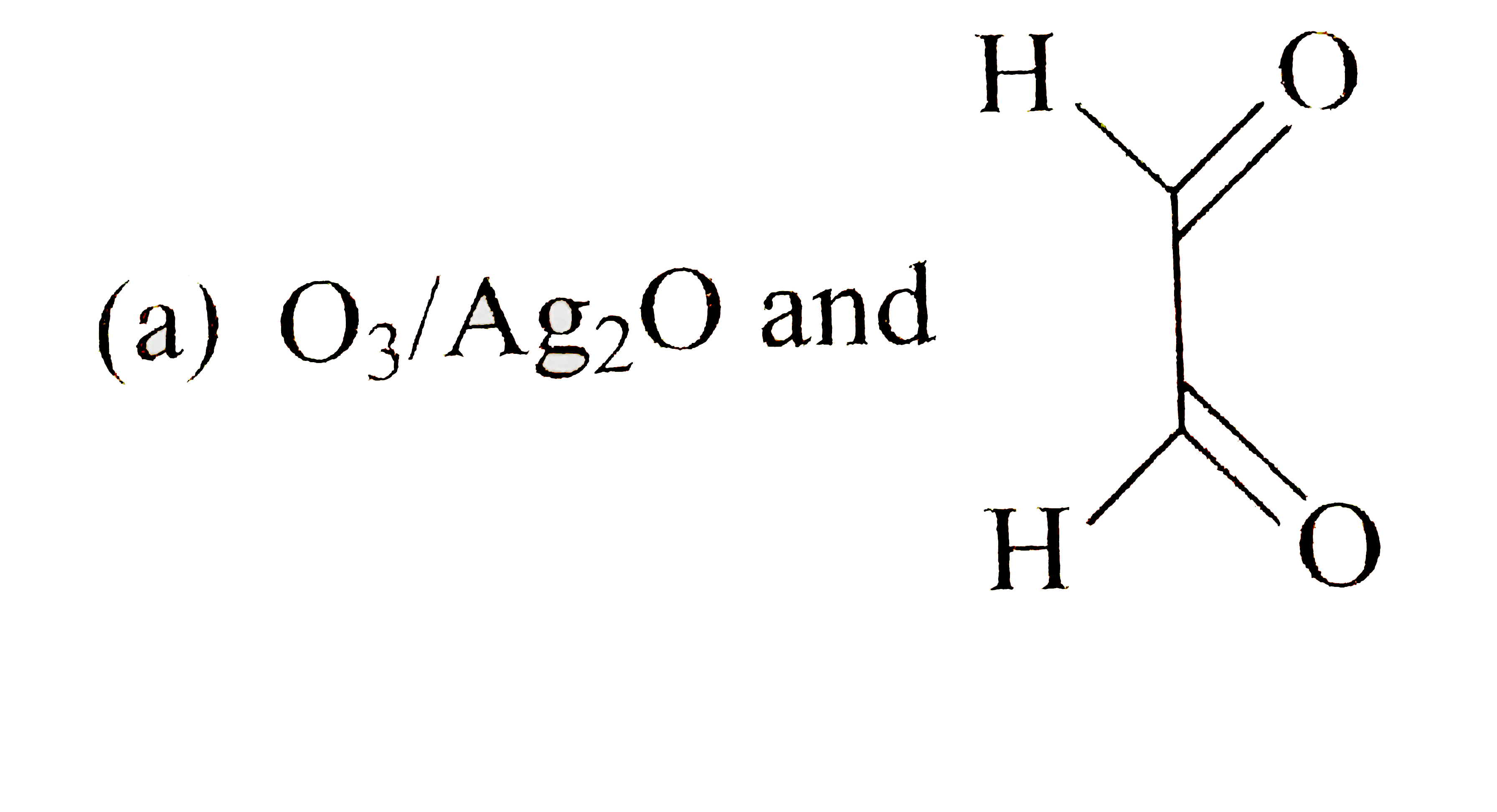 B
B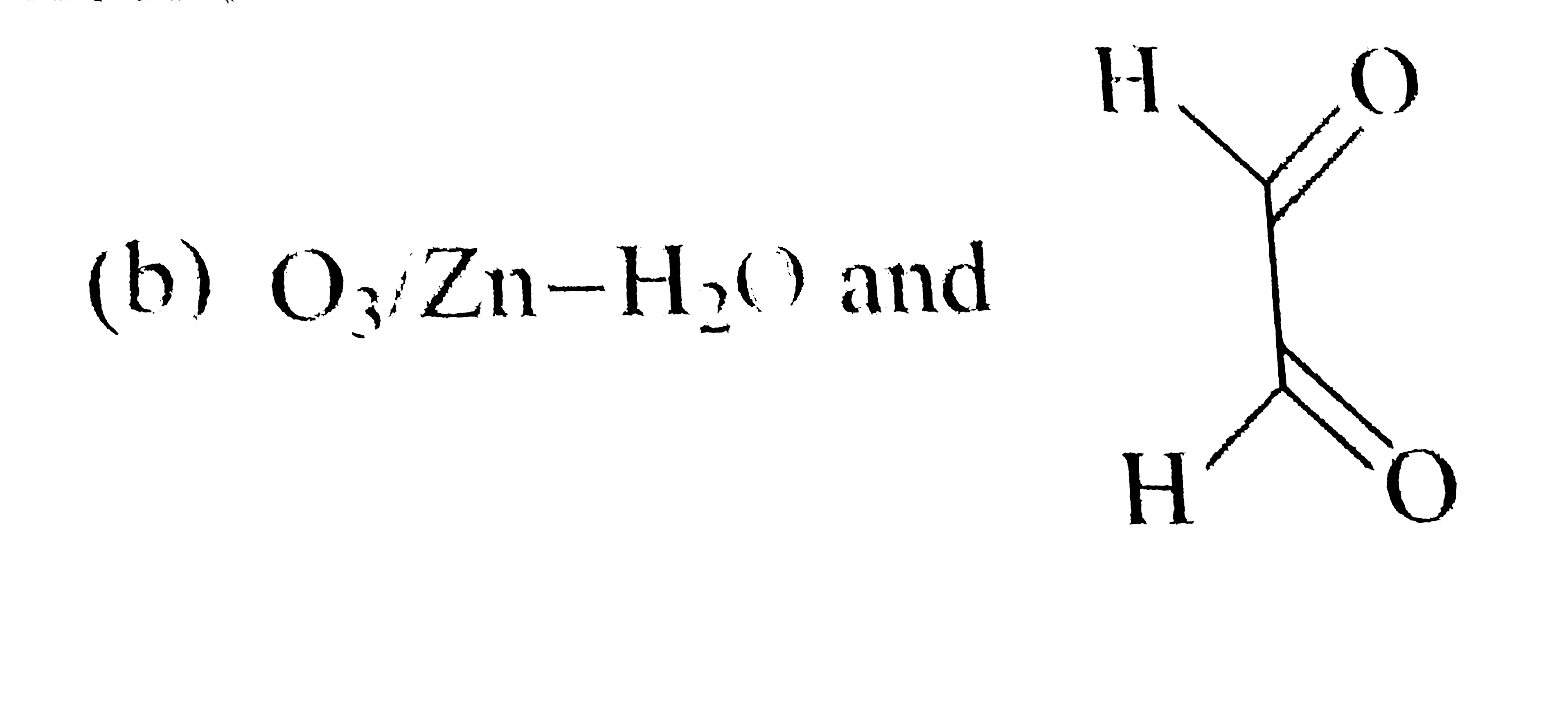 C
C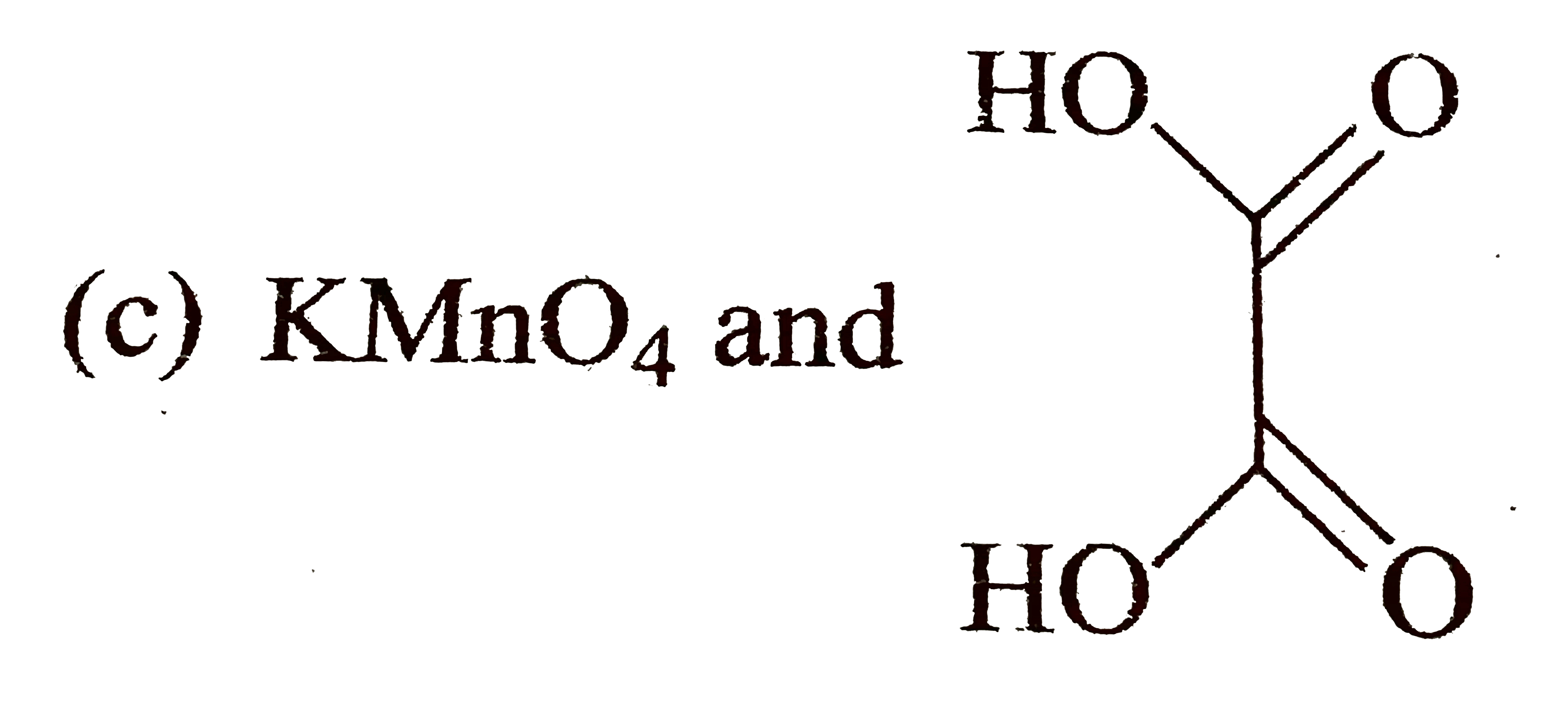 D
D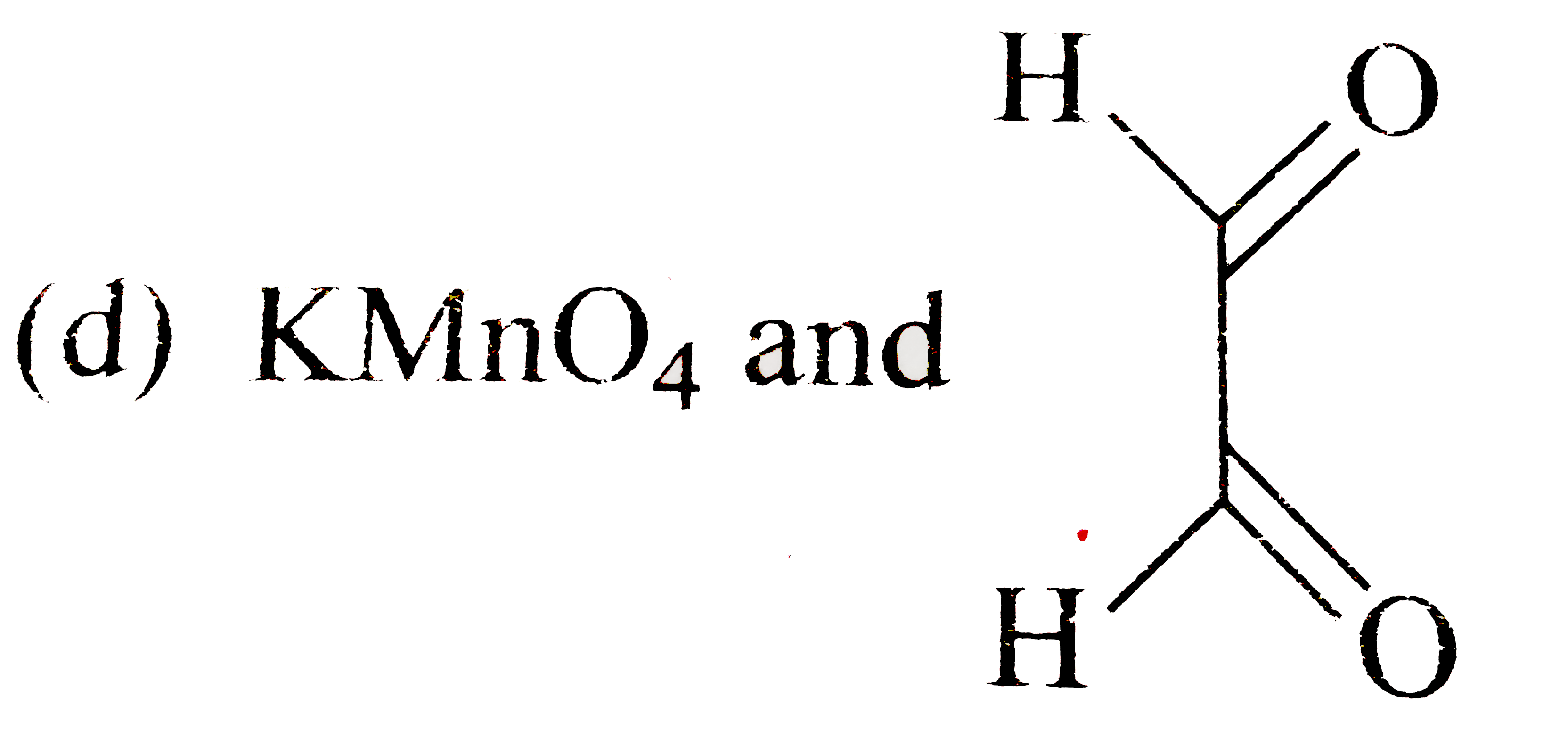
- Question 2 - Select One
C6H5−O−CH2CH3+HIΔ−−→X+Y
Identify X and Y in the above reaction?AX:C6H5OH,Y:CH3CH3BX:C2H5I,Y:C6H5CHOCX:C6H5I,Y:CH3CH2OHDX:C6H5OH,Y:CH3CH2I - Question 3 - Select One
CH≡CHNi(CN)2−−−−−→X . Identify X in the given reaction
AEthaneBBenzeneCCycloctatetraeneDCyclohexane
CH3C≡CCH3(i)X−−−−−−−→(ii)H2O/Zn
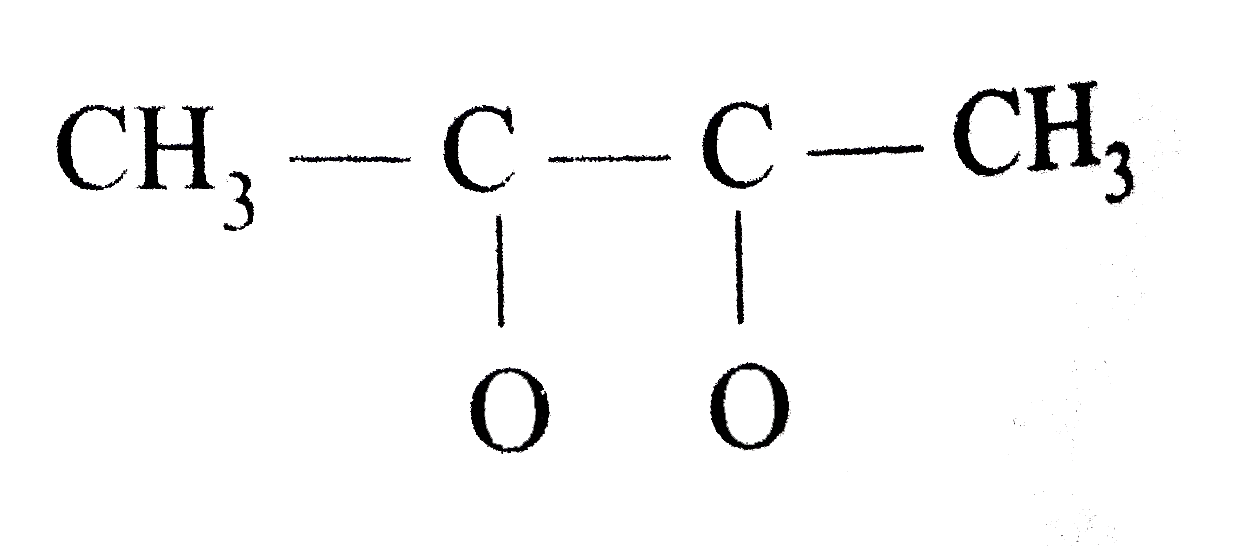
X in the above reaction isView SolutionIn the given reactions:
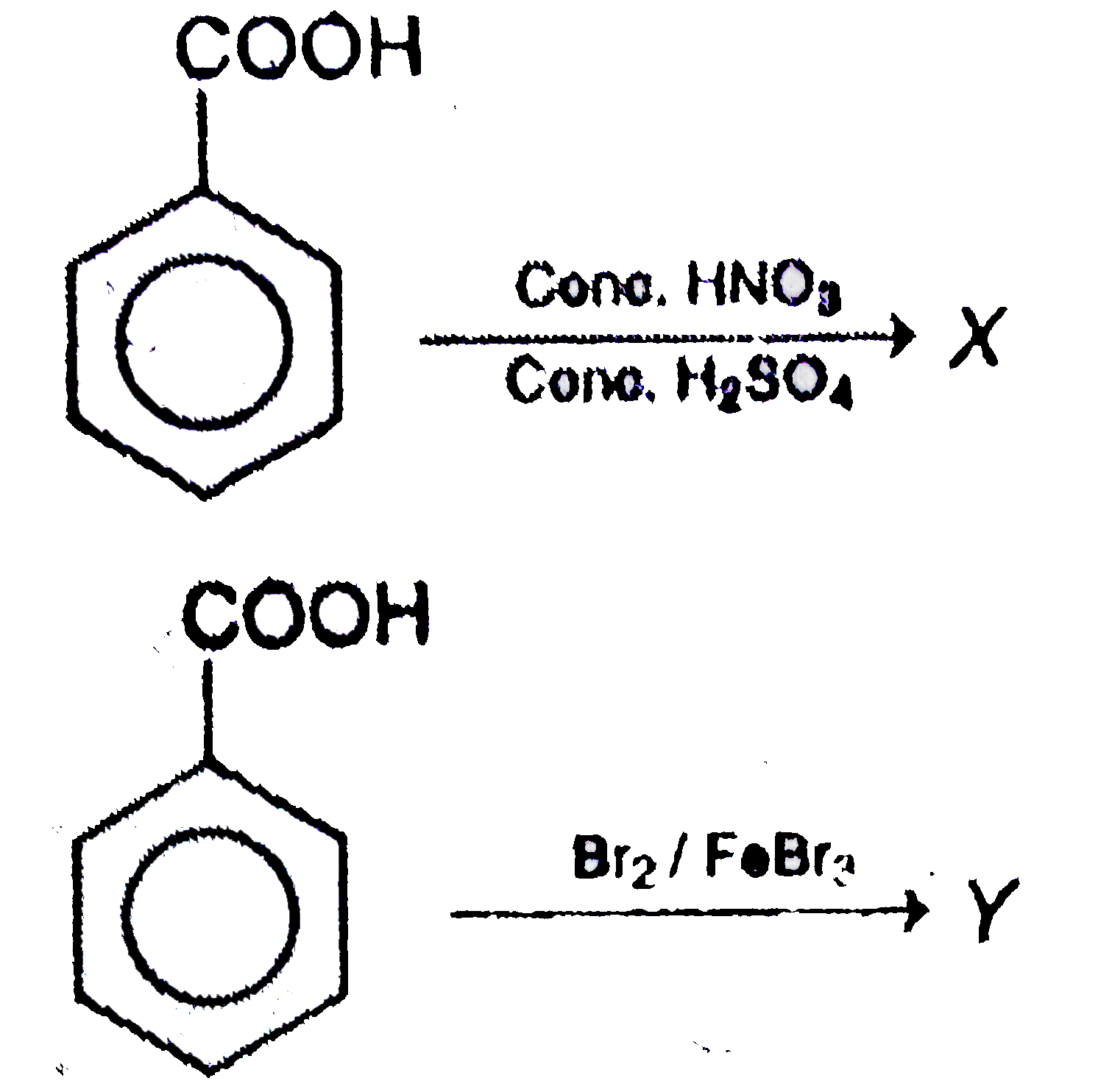
Identify X and Y for the above reaction,View SolutionIn the given reaction C6H5−CH2−CH3NBS−−→(X)Alc.KOH/Δ−−−−−−−−→(Y) In the given reaction X and Y respectively are
View SolutionCH3CH2ClNaCN−−−→XNi/H2−−−→?
Y in the above reacting sequence isView SolutionConsider the following reactions
H3C−CH∣D−CH∣CH3−CH3+.Br→X+HBr
Identify the structure of the major product X.View Solution

